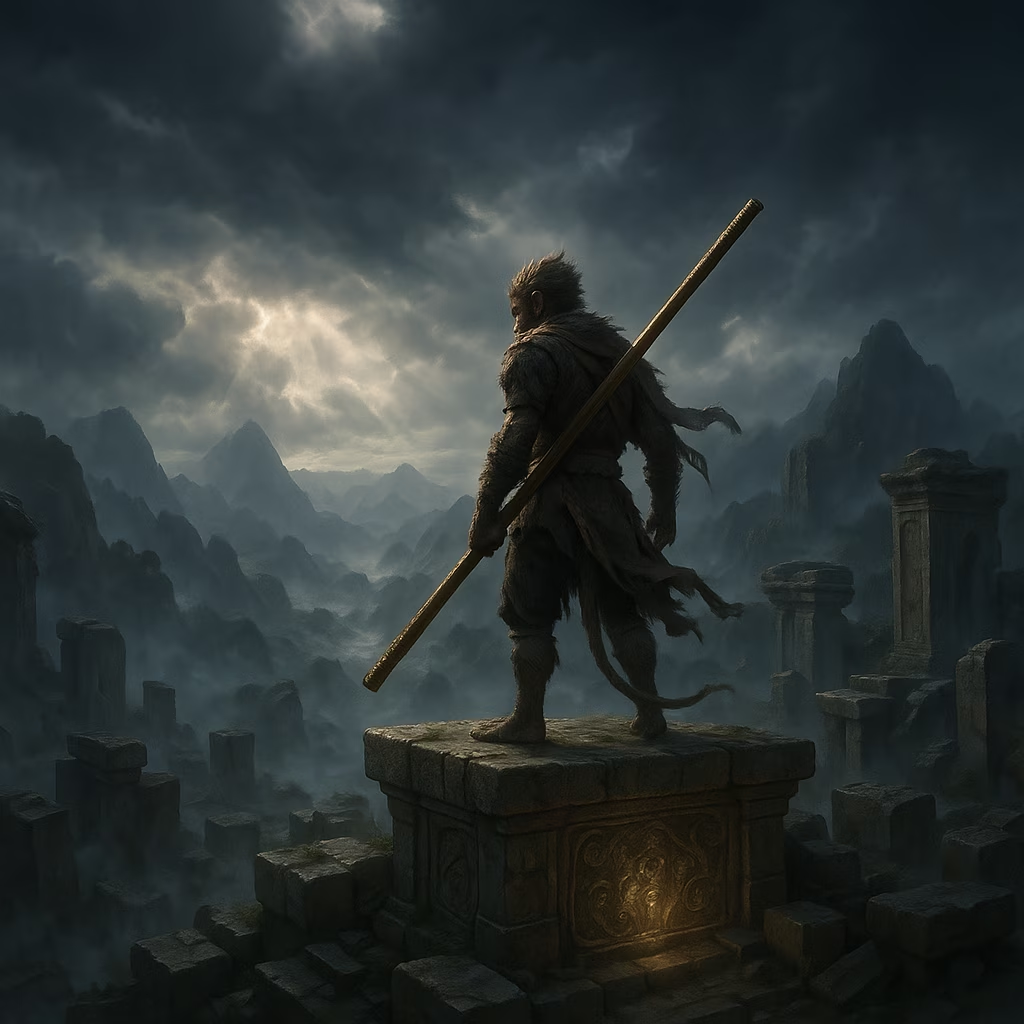My Samurai Soul Needs More: Post-Tsushima Gaming Journey
Experience the thrill of samurai combat in games like Ghost of Tsushima and Rise of the Ronin, where every parry and strike feels exhilarating.
It's been nearly a year since I completed Ghost of Tsushima, and I'm still experiencing what I can only describe as a profound samurai-shaped void in my gaming life. The way my thumbs instinctively twitch for that perfect parry timing... it's almost embarrassing. Sure, the story wasn't exactly Shakespeare, but those sunset-drenched fields and the satisfying swoosh of Jin's katana slicing through Mongol armor? Pure digital dopamine.
The Ronin's Rise Caught My Attention

When the post-Tsushima blues hit hard, Rise of the Ronin was my first rebound relationship. Sony and Koei Tecmo's latest love child gave me that familiar Japanese historical setting with enough fresh mechanics to make it feel like more than just a Ghost clone.
The open world? Well, let's just say it follows the "if it ain't broke, don't fix it" philosophy a bit too religiously. You know the drill—climb towers, unlock areas, rinse, repeat. But honestly, who cares about that when you're executing perfect counter-strikes against shogunate forces? The combat scratched that itch I'd been desperately clawing at since leaving Tsushima behind.
My favorite moment? Probably when I spent three hours customizing my character only to have them completely hidden under a straw hat for 80% of the game. Classic.
Norse Gods Filled My Samurai Void (Somehow)
Pivoting from feudal Japan to Norse mythology might seem like a stretch, but God of War Ragnarok's combat system speaks the same language as Ghost of Tsushima—it's just with a slightly more aggressive accent.
The combat here is:
-
✅ Crunchy
-
✅ Satisfying
-
✅ Skill-based
-
✅ Visually spectacular
-
❌ Subtle (but who needs subtle when you can cleave a draugr in half?)
Kratos might swing an axe instead of a katana, but the fundamental principles of timing, stance-switching, and tactical approach made me feel right at home. I found myself instinctively bowing after particularly challenging boss fights—a habit I picked up in Tsushima that earned me some strange looks from my roommate.
Monkey Business with Serious Skill Ceiling
Black Myth: Wukong was my 2024 obsession. This game is basically what would happen if Ghost of Tsushima and Dark Souls had a baby, and that baby was raised by Chinese mythology.
The combat demands the same level of precision and stance-awareness that made Ghost so rewarding. There's something deeply satisfying about finally mastering the dodge timing against that one boss who's been wrecking you for hours. You know the feeling—that moment when your brain and fingers finally sync up and you enter that flow state where you're basically Neo in The Matrix but with a magical staff.
My gaming journal during this period looked something like:
| Day | Entry |
|---|---|
| 1 | "This is amazing! The visuals are stunning!" |
| 2 | "Died 27 times to the same boss. Contemplating career change." |
| 3 | "FINALLY BEAT HIM! I AM A GOLDEN GOD! |
